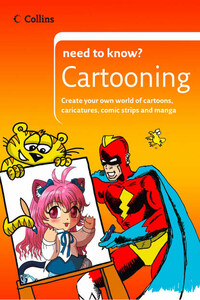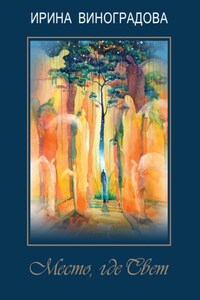Although the term âcartoonâ as we know it is relatively recent, the idea of using simple pictures to make a point, a joke or tell a story is very ancient indeed. Thus the Ancient Greeks often used pictures which told stories to decorate their vases, while many people consider the hieroglyphics used by the Ancient Egyptians to be the first comic strips, complete with speech balloons.
The popularity of cartoons
Portrait art and sculpture was often used to celebrate and flatter important people in the days before photography, and cartoonists quickly discovered that they could get away with insulting people in humorous and exaggerated drawings in a way that was not possible in other forms of art, so caricature became very popular.
must know
As originally used, the word âcartoonâ, which comes from the Italian word cartone, didnât mean âfunny drawingsâ at all. A cartone was a full size drawing done as a first step to producing a painting or a tapestry. Original âcartoonsâ by artists such as Leonardo Da Vinci and Raphael are very valuable â but not very amusing at all.
Humour and storytelling
Developments in printing technology really brought cartoons and comics into the limelight. Satirical magazines like Punch in England and The New Yorker in the United States made stars of their top cartoonists, and popularized the single panel âgagâ cartoon. When newspapers began to offer whole sections of cartoons and comic strips to their readers, and they discovered that it was often the âfunniesâ to which even the grown up readers turned first, it was only a matter of time before cheap âcomic booksâ began to be sold as products in their own right.
Although cartoons and comics are often associated with humour, they can just as easily be used to make important political points or to tell dramatic stories â in fact, television and movie directors are often encouraged to study comic strips to learn how to tell gripping stories in pictures.
Comic books initially featured reprints of popular newspaper comics but eventually they began to focus on creating their own stories and long-running characters. In England, comics such as The Beano and The Dandy came out weekly and featured several different characters in each issue, whereas in the United States the preference was for monthly comic books with popular characters like Superman and Batman, and later Spiderman and The Fantastic Four having their own individual comic books.
It wasnât long before television and cinema picked up on the appeal of comics, and there have been many successful animated and live action TV shows and even blockbuster movies based on popular comic strip characters.
Cartoons and comics have always been just as popular in the rest of the world as they are in Great Britain and the United States. European countries like France and Belgium have their own cartoon âsuperstarsâ, such as Asterix and Tintin, while in Latin America, India and Africa, comic books are widely used not just for entertainment but also for a broad range of educational purposes. Increased global communication also means that there is a lot more crossing over of cartoon styles from artist to artist as well as from country to country.








